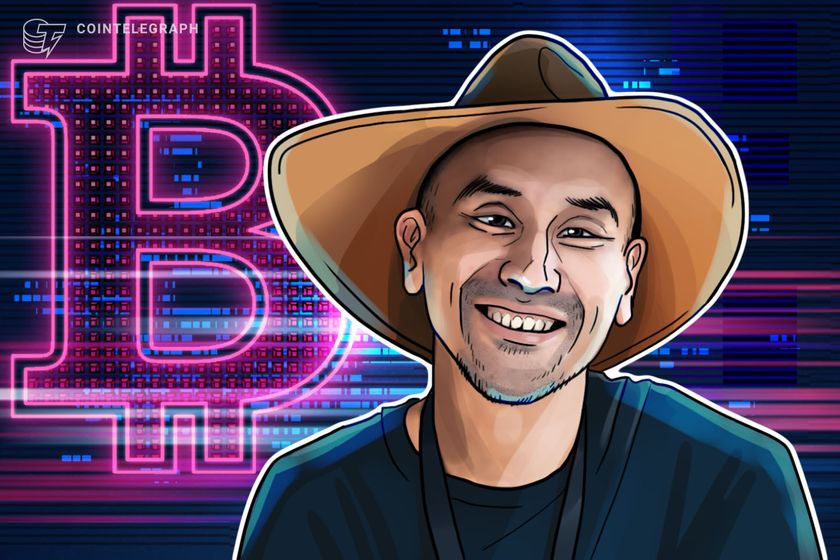ADA Boosts Through Hydra, HYPE Unveils HYP Utility, While BlockDAG Climbs to $430M & Leads 2025’s Top Crypto Gainers
As 2025 advances, traders and crypto fans are turning their attention to blockchain projects shaping the year’s biggest trends. Among them, Cardano (ADA), Hyperliquid, and BlockDAG are gaining attention for their strong community bases and unique ways of handling scalability and utility.
On the other hand, BlockDAG (BDAG), already raising $430 million in presale funds, stands out among the crypto top gainers. With each platform adopting different models for performance, adoption, and governance, this comparison looks closely at how these three blockchains measure up in the growing 2025 crypto race.
Cardano’s Hydra Expansion Signals Gradual Strength
Cardano (ADA) has maintained its place as one of the most reliable coins in the market. Known for its research-based design and focus on sustainability, it uses the Ouroboros protocol to achieve both security and scalability. The Hydra upgrade has become its biggest development, bringing faster processing speeds through multiple parallel chains that enhance efficiency as user activity increases.
Even with this progress, Cardano’s development pace has drawn some criticism. Some features, such as full smart contract support and wider dApp integration, are still rolling out slower than expected. Its governance model, led by community voting, earns praise for transparency, but delays in execution have limited its growth speed.
Still, optimism remains strong. Many analysts expect a price breakout for Cardano thanks to its active community and the anticipated benefits of Hydra. As transaction capacity increases, Cardano aims to reclaim its spot among the networks ready for large-scale blockchain use in 2025.
Hyperliquid’s Gradual Rise with Its HYP Utility Push
Hyperliquid continues to capture attention through small but steady progress. Its most recent update introduces the HYP utility feature, designed to enhance its position as a decentralized exchange (DEX) with advanced liquidity functions. This move reflects Hyperliquid’s plan to attract traders seeking efficient decentralized finance (DeFi) options without sacrificing transparency.
While the update marks progress, many market watchers remain cautious about Hyperliquid’s long-term direction. The project still lacks a clear roadmap outlining how its ecosystem will grow and maintain user confidence. Questions also remain about whether its liquidity features alone are enough to secure strong community support in an increasingly competitive DeFi field.
Even so, Hyperliquid has shown consistent growth and user engagement. Its ability to refine core tools, improve transaction flow, and introduce new functions demonstrates ongoing effort. The challenge for Hyperliquid now lies in turning steady upgrades into lasting growth momentum as it seeks to strengthen its place among established blockchain networks in 2025.
BlockDAG: Powering Ahead as a Crypto Top Gainers Leader
Among 2025’s crypto top gainers, BlockDAG is setting new standards for performance and adoption. Unlike older blockchains such as Cardano and Hyperledger, BlockDAG began with a complete setup focused on scalability, fast transactions, and strong governance. Its system combines validator staking, MiCA-aligned documents, and wallet-based voting, giving users full control over their digital operations from the start.
BlockDAG’s marketing approach has shifted from expansion to value creation, focusing on developer education and community inclusion. This change supports the platform’s long-term vision for a sustainable, user-driven ecosystem.
Its presale numbers highlight this success. $430 million has already been raised, with the batch price now at $0.0304, reflecting a 3000% ROI since the first batch. More than 27B coins have been sold, and 20K+ miners continue to drive ecosystem growth. The coin is currently available at $0.0015 for a short time, drawing even more attention from the crypto community.
With audited tokenomics, secured exchange listings, and scalable infrastructure, BlockDAG delivers a blockchain ready for global adoption. Its BDAG coin powers transaction fees, mining, and dApp operations, ensuring immediate functionality and ongoing value. As competitors work on updates, BlockDAG already offers a network built for scale, marking its spot among 2025’s crypto top gainers.
Closing Remarks
Choosing between Cardano, Hyperliquid, and BlockDAG depends on whether one prefers proven legacy systems or new, ready-to-scale solutions. Cardano’s Hydra upgrade promises faster processing, but its slower rollout may limit its potential. Hyperliquid’s updates bring new features but leave questions about its long-term roadmap.
BlockDAG, in contrast, arrives prepared for full-scale use from day one, combining governance, staking, and smooth transactions in a single framework. With its $430M presale success and strong user network, it’s earning its position among the crypto top gainers of 2025. Built for stability and growth, BlockDAG shows what a modern blockchain can achieve when designed for scalability, usability, and global reach.
Presale: https://purchase.blockdag.network
Website: https://blockdag.network
Telegram: https://t.me/blockDAGnetworkOfficial
Discord: https://discord.gg/Q7BxghMVyu
Disclaimer: This content is a sponsored post and is intended for informational purposes only. It was not written by 36crypto, does not reflect the views of 36crypto and is not a financial advice. Please do your research before engaging with the products.
The post ADA Boosts Through Hydra, HYPE Unveils HYP Utility, While BlockDAG Climbs to $430M & Leads 2025’s Top Crypto Gainers appeared first on 36Crypto.
You May Also Like

Jimmy Song slams Bitcoin Core devs for 'fiat' mentality on OP_Return
Song accused BTC Core developers of defecting and failing to address widespread community concerns about non-monetary data on the ledger. Jimmy Song, a Bitcoin (BTC) developer and advocate, slammed the decision by Bitcoin Core developers to remove the OP_Return limit for non-monetary data embedded on the Bitcoin blockchain in the upcoming Bitcoin Core 30 upgrade, calling it “fiat” mentality.Song accused the Core developers of deflecting user concerns about removing the OP_Return limit, which is currently 80 bytes in size, and ignoring the significant pushback from the Bitcoin community and node runners. He also said:You can argue whether that's something desirable or not, but saying you can't define it is a stalling tactic meant to avoid the real argument about actual impact — particularly, the long-term impact of this change,” Song continued.Read more

Ethereum’s ERC-8004 Brings AI-Driven Economic Potential
